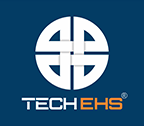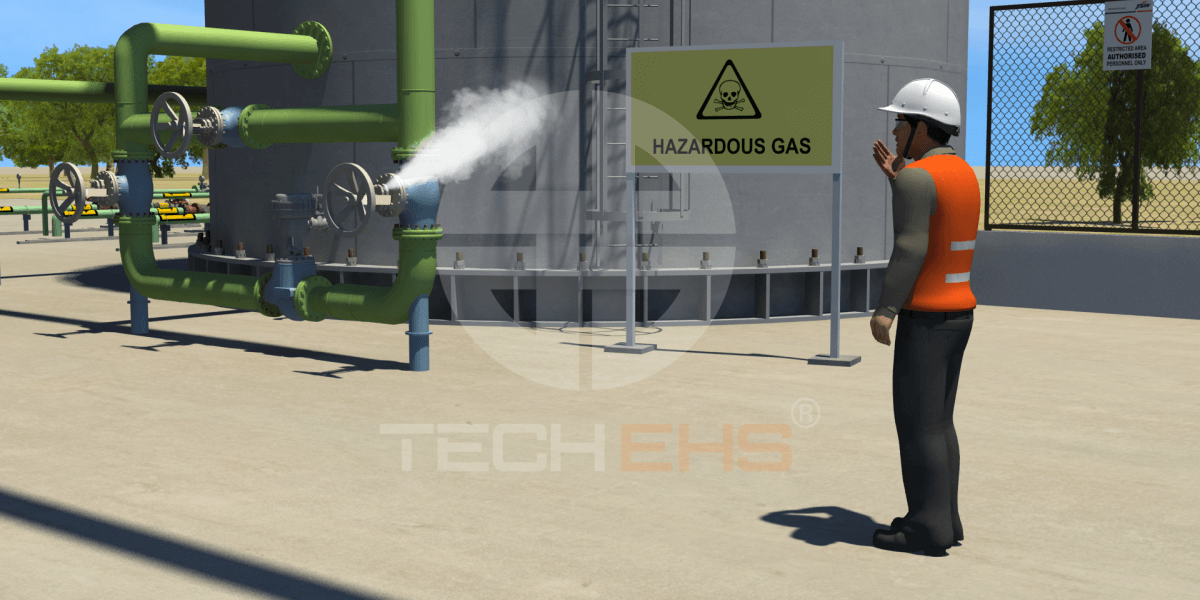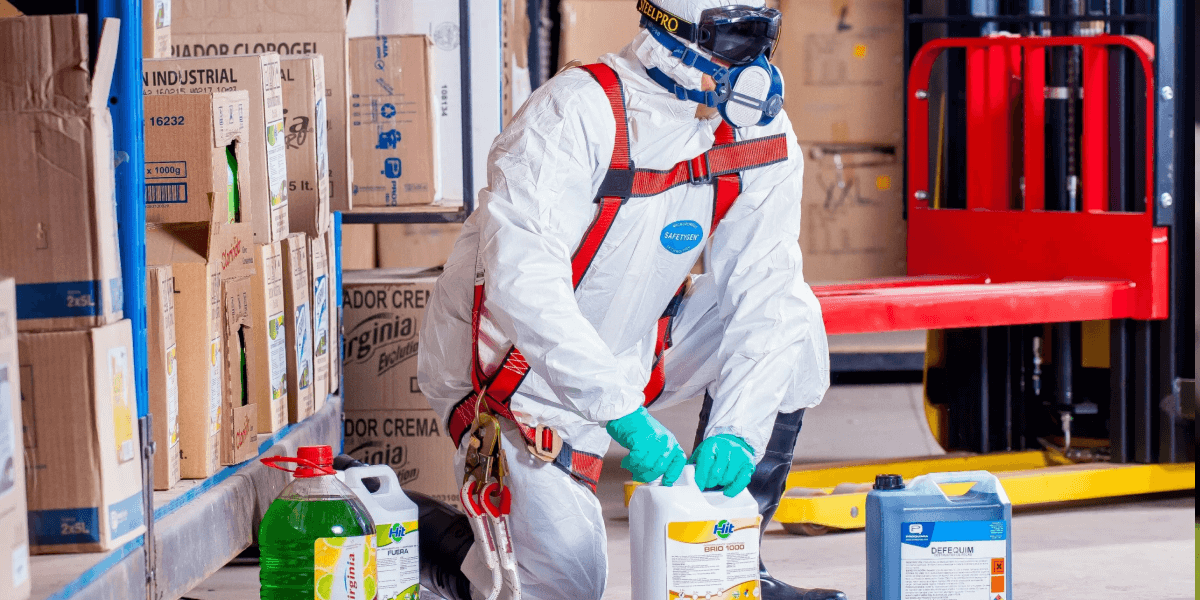
Table of Contents
Introduction
Why Traditional SOPs Are Failing Modern Pharma Operations
Precision is required in pharmaceutical manufacture. However, many frontline employees still learn and carry out complex operations using static, text-heavy Standard Operating Procedures (SOPs). These documents do not convey legacy knowledge well, especially in situations that require spatial awareness or complex decision-making.
Procedures, including reactor charging, aseptic handling, and Clean-in-Place (CIP), require millimeter-level precision. A mistake could result in product contamination and non-compliance with regulations. Traditional training techniques sometimes lack the depth and clarity required for operators to understand such crucial operations.
Bringing SOPs to Life: Visual Training for High-Precision Pharma Tasks
Training based on 3D animation converts intricate processes into engrossing, sequential visual sequences. Operators observe what needs to be done in a spatial environment rather than only reading it.
Key capabilities include:
Using these visual tools during training helps operators absorb the what, how, and why. As a result, there are fewer near-misses, better execution, and increased consistency over shifts.
Operational Training Snapshot: Reactor Charging in Pharma
Reactor charging is a delicate, high-risk operation. Sequencing, quantity, or timing errors can cause over pressurization, contamination, or unsuccessful synthesis.
Suppose a pharmaceutical company has trouble with reactor charging. They unpredictably decide to use 3D animation training. Here’s what changed:
This wasn’t just a training improvement but a shift in how process integrity was maintained on the shop floor.
DCS/PLC Interface Training: A Hidden Bottleneck
At many pharmaceutical plants, operators are expected to operate programmable logic controllers (PLCs) or distributed control systems (DCS) with little experience with the interface. Text-based SOPs cannot show users how to properly enter process parameters or react to alarms. They also fail to demonstrate how to navigate stacked panels.
With specially designed 3D animation modules, operators can “practice” before interacting with a live system. These animated videos mimic HMI screens and control room settings. Facilities that have implemented interactive training for DCS interfaces report reduced operational deviations. Moreover, they experience increased operator confidence, especially when performing crucial activities like batch transitions and alert handling.
Clean-in-Place (CIP) and Aseptic Handling: Visualizing Contamination Risks
Visual SOPs work very well for sterile operations. Animated modules can show how flow pathways, pressure cycles, and rinse verification occur in real-time during clean-in-place (CIP) procedures.
Similarly, 3D animations demonstrate appropriate gowning and laminar airflow discipline. They also highlight pass-through techniques for aseptic handling, reducing the need for tribal knowledge. This ensures stability even in the event of technician turnover.
The Technical Advantage
SOP centered on 3D animation makes procedures easier to grasp. However, this is only one aspect of training. It is also about granularly standardizing performance:
Ultimately, this results in reduced operational risk, more seamless validations, and fewer deviations.
Ready to Visualize Precision?
For pharmaceutical companies managing high-precision, high-risk operations, 3D animation is no longer a “nice-to-have.” It is a strategic training aid that unites operator clarity with SOP complexity.
Curious how animation can transform safety training in your facility? Explore real-world scenarios and visual learning tools curated by TECH EHS to help teams better understand and mitigate risk.



